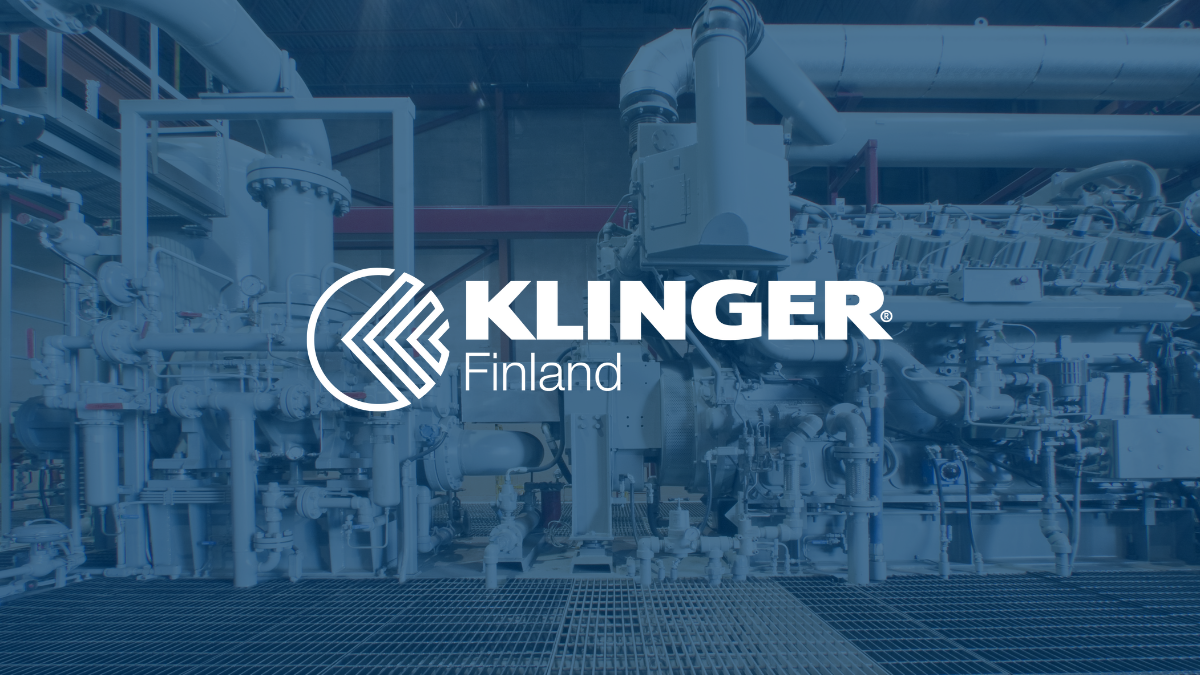An O-ring is a simple yet highly effective sealing solution used to prevent the leakage of liquids and gases in joints. Its name comes from its circular cross-section (O-ring), and it works by being compressed between two sealing surfaces. O-rings are one of the most commonly used sealing types in the industry and are found in countless applications, from hydraulics to the food industry.
What is an O-ring and how does it work?
The simple shape, reliability, and ease of installation make the O-ring an economically efficient and widely applicable seal. O-rings are suitable for both static and dynamic applications and perform effectively even under high pressures and varying temperatures.
The best sealing performance is achieved by selecting an O-ring with the largest possible cross-section suitable for the application. Thin O-rings are more prone to extrusion into the gap, especially under high pressure. Therefore, when selecting the thickness of the ring, it is essential to consider the gap size, operating pressure, and material hardness.
O-rings are made from flexible materials, most commonly rubber, and their operating principle is based on elastic deformation. When the ring is compressed between two components—such as metal and plastic—it fills small surface irregularities and forms a tight seal. Pressure further enhances the sealing by pressing the ring more firmly against the opposing surface.
What industrial applications are O-rings used for?
O-rings are widely used in hydraulics and pneumatics, where they seal cylinders, valves, and joints. These applications require reliable seals that can withstand high pressure and constant stress.
In the chemical industry, O-rings are essential components in process equipment, pumps, and pipelines. They protect machinery and equipment from leaks that could lead to production interruptions or safety risks.
In mechanical engineering, O-rings are used in engines, gearboxes, and various mechanical systems. In the food industry, they ensure compliance with hygiene standards in the sealing of processing equipment.
How to select the right O-ring for different applications?
Material selection is a critical factor for the performance of the O-ring. NBR rubber is suitable for oil-based applications, EPDM withstands water and steam well, while FKM material is intended for demanding chemical environments. PTFE material, on the other hand, is highly chemically resistant and suitable for challenging conditions.
Temperature and pressure resistance determine the choice of material. In high temperatures, special materials such as FKM or PTFE are required, whereas regular NBR rubber is sufficient for normal temperatures.
The size and cross-section of the ring directly affect the sealing efficiency. A larger cross-section provides better sealing but requires more space. It is recommended to choose a ring with the largest possible cross-section relative to the application.
What are the most common O-ring problems and solutions?
Typical damage occurs due to incorrect installation, material aging, or unsuitable material selection. Wear is a common issue often caused by excessive compression or abrasive movement.
Leaks may result from improper placement in the groove or from contamination on sealing surfaces. Regular inspection and maintenance can prevent most issues.
To avoid problems, it is important to follow the manufacturer’s installation instructions and select the appropriate material for the operating conditions. Storing O-rings in a dry and cool place significantly extends their service life.
KLINGER Finland offers high-quality sealing solutions
When you need high-quality sealing solutions for demanding applications, KLINGER Finland offers a wide range of O-rings in various materials and sizes. We stock and deliver all the most common materials—and can also supply other special materials as needed. Our experts are here to help you choose the optimal seal for your specific application.
Contact us – we’re happy to help!
